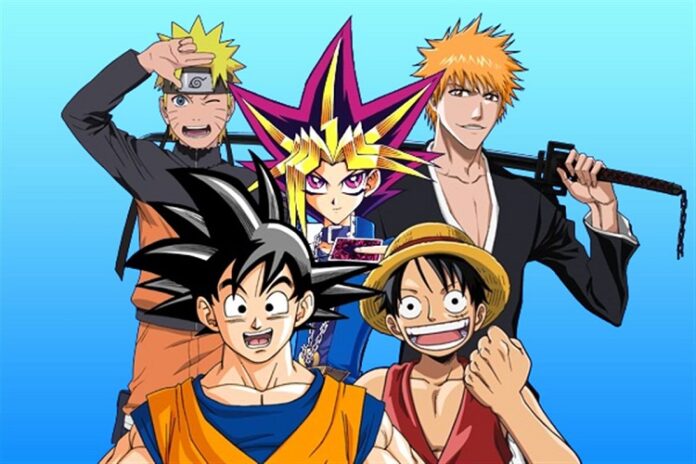Manga, a form of Japanese comic art, has taken the world by storm over the past few decades. From its humble origins in Japan to its global influence, manga has evolved into a cultural phenomenon, captivating readers of all ages and backgrounds. This article delves into the origins of manga, its historical journey, and its unprecedented rise to international prominence, highlighting its impact on global culture and entertainment.
Table of Contents
The Origins of Manga
Manga’s roots can be traced back to ancient Japan, where narrative artwork was commonly found in makimono, illustrated scrolls that depicted historical events and stories. However, the modern form of mangasee, as we know it today, began to take shape during the Edo period (1603-1868). Artists like Katsushika Hokusai, famous for his iconic woodblock print “The Great Wave off Kanagawa,” laid the groundwork for sequential art storytelling.
The early 20th century witnessed a significant transformation in manga style and storytelling. Influenced by Western comic strips, artists like Rakuten Kitazawa began incorporating speech balloons and panel layouts, leading to the establishment of manga’s characteristic visual language.
Manga’s Evolution in Japan
In the post-war era, manga experienced a surge in popularity among the Japanese population. Osamu Tezuka, often referred to as the “God of Manga,” played a crucial role in shaping the industry. His works, including “Astro Boy” and “Black Jack,” introduced complex characters and intricate narratives that resonated with readers of all ages. Tezuka’s pioneering efforts laid the foundation for manga’s immense success in Japan.
Throughout the 1960s and 1970s, various manga genres emerged, catering to different demographics. Shonen Kunmanga targeted young boys and featured action-packed adventures, while shojo manga targeted young girls and explored themes of romance and friendship. Seinen manga appealed to adult men with mature themes and Josei manga catered to adult women.
Global Ascension of Manga through Apps
The first glimpses of manga’s international influence were evident in the 1970s when series like “Speed Racer” and “Gigantor” (based on Tetsujin 28-go) found success outside Japan. However, it was not until the 1980s and 1990s that manga truly began its global ascent.
One of the most significant contributors to manga’s international popularity was the pioneering work of artists such as Akira Toriyama with “Dragon Ball” and Masami Kurumada with “Saint Seiya.” These iconic series introduced a new generation of readers worldwide to the captivating world of manga.
Furthermore, the advent of the internet in the late 20th century played a crucial role in connecting manga enthusiasts worldwide. Fans could now access scanlations (scanned translations) of manga chapters online, bridging the language barrier and allowing for instantaneous global distribution.
The Role of Anime in Manga’s Globalization
Anime, the animated adaptation of the manga, played a pivotal role in catapulting manga to global fame. Popular manga series were often adapted into anime, which introduced fans to the animated versions of their favorite characters and stories. This cross-media promotion proved to be highly successful, fostering an even larger global fanbase for manga.
Manga’s Impact on Global Culture
As manga gained traction outside Japan, it began to influence various aspects of global culture. Cosplay, the practice of dressing up as manga and anime characters, became a prominent feature of conventions and events worldwide. The manga-inspired art style also made its way into various forms of entertainment, from video games to animated movies.
Moreover, manga’s impact extended beyond entertainment. Its influence was visible in contemporary art, fashion, and even literature, with numerous Western authors drawing inspiration from manga storytelling techniques and art styles.
The Manga Industry Today
As of the latest information, the manganelo industry continues to thrive both in Japan and abroad. Major manga publishers, such as Shueisha and Kodansha, remain at the forefront of producing top-notch content, while international publishers have made significant efforts to localize and promote manga in various languages.
Digital platforms and apps have also contributed to manga’s accessibility and reach. Readers can now access thousands of manga titles at their fingertips, ensuring a continuous stream of new enthusiasts worldwide.
Conclusion
From its ancient origins to its modern global reach, manga’s journey has been nothing short of remarkable. What began as a form of Japanese storytelling has evolved into a cultural phenomenon, captivating millions of fans across the world. Its ability to transcend language and cultural barriers has made it a powerful medium for storytelling and artistic expression. As manga continues to evolve and find new audiences, its influence on global culture and entertainment is bound to endure for generations to come.










